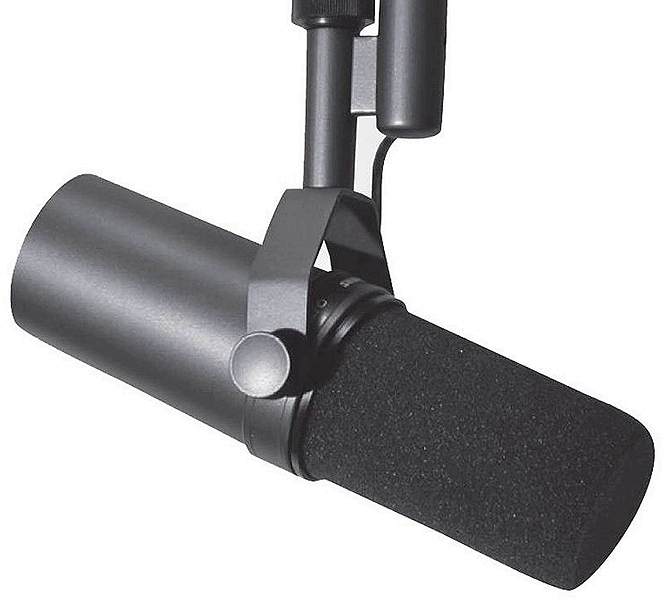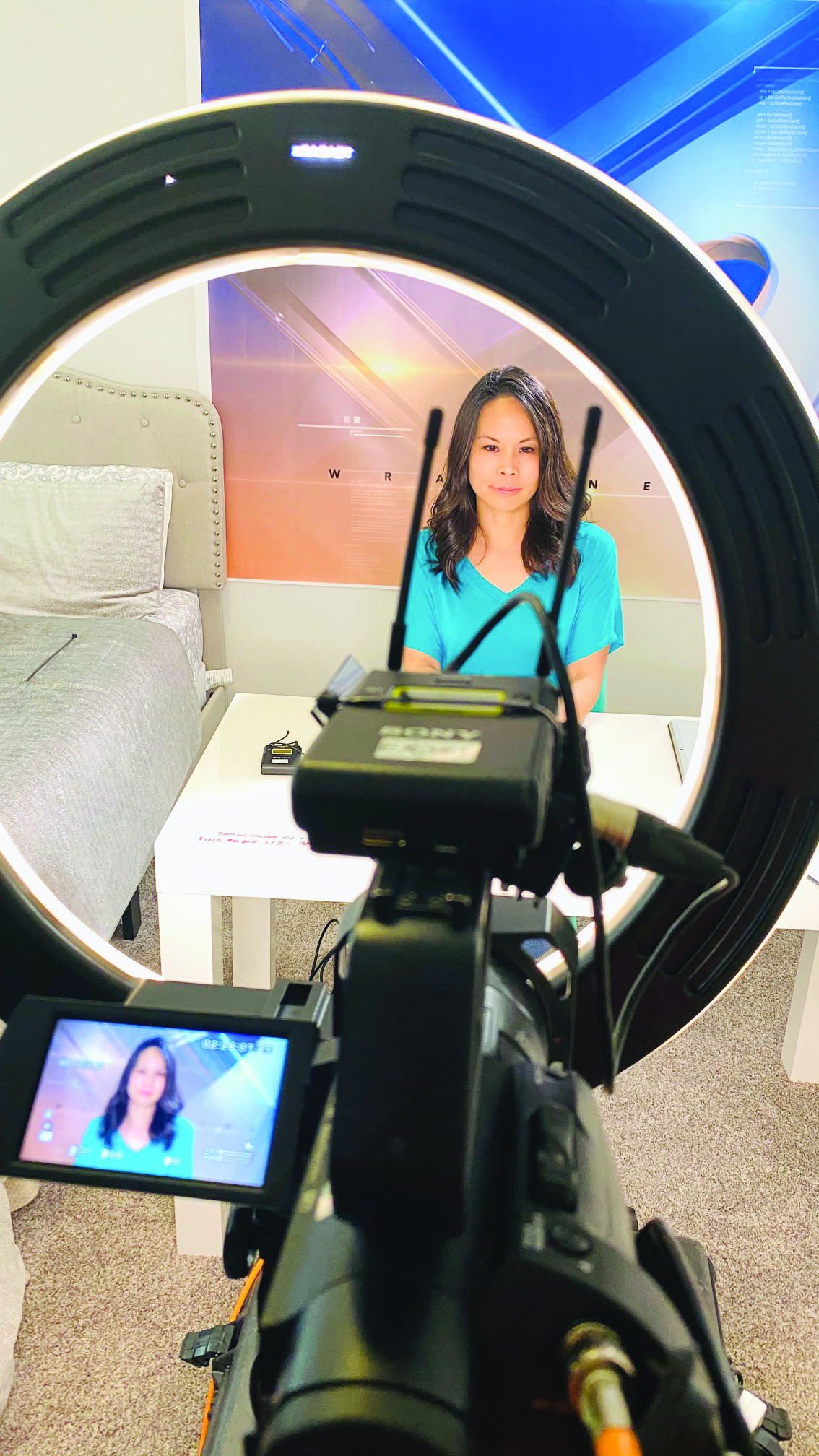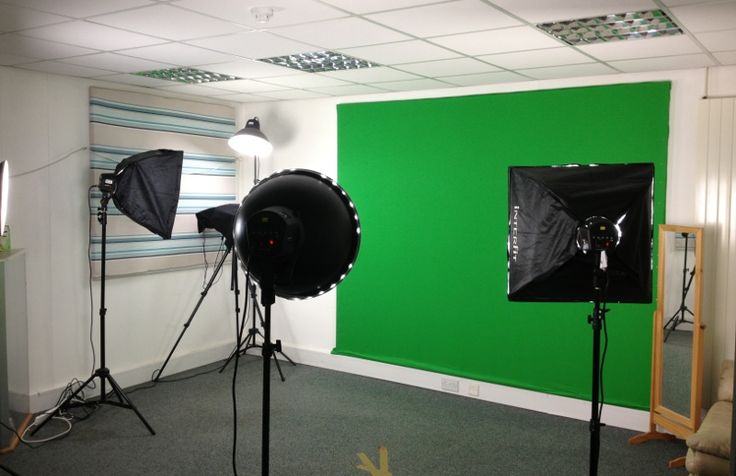A Tectonic Shift in 'Pandemic' Television Production
For the past two years, the basic concept of the ‘studio’ has changed—perhaps forever

It is hard to fully comprehend rapid change while living through it. This certainly applies to video and sound production during the pandemic over the past two years.
Just think of how different production was before COVID-19. One part of this remarkable shift comes from the basic concept of the “studio,” whether it’s used for video or audio production. As COVID-19 emerged, the places where television and music were produced were permanently changed.
Large television studios migrated to private homes and other less formal spaces. Suddenly, video news interviews were done via Zoom from locations all over the world. Network talk shows originated from the homes of the performers. Even the current President of the United States campaigned via video from his basement in Delaware.
Amateur Broadcast Techs
The concept of media from anywhere—long in development by equipment manufacturers—suddenly exploded onto the scene during the pandemic. Non-technical laymen, often the wives or kids of the performers, found themselves acting as TV camera operators or sound engineers. Total amateurs were suddenly trying to learn lighting and sound techniques.
Actors, who long depended on technicians to produce their audition videos, found themselves with a list of instructions on how to self-produce those video auditions at home. Prominent musicians who previously depended on engineers to do their sound production found themselves equipping and operating their own home studios, while trying to master the operational learning curve at the same time.
When COVID-19 hit, many equipment manufacturers found themselves caught off-guard. Suddenly, user-friendly gear designed to operate in home environments became the rage, while more sophisticated high-end studio gear languished in the warehouse. High-quality 1080p webcams became almost impossible to find, as digital camera makers went into high gear designing new software to allow their cameras to be used for web production. Poor video, sound and lighting during online sessions became unacceptable to professionals now working from home.

Multicamera switchers—both in hardware and software—and simple plug-and-play studio setups became the rage as video production moved away from traditional studios. Even teleprompters, once used only in professional settings, found their way into home studios—even for use with iPhones and tablets. After all, losing eye contact with the camera and leaving a poor impression on screen is the same anywhere—studio or home.
The professional video industry's #1 source for news, trends and product and tech information. Sign up below.
It was also quickly learned by novices that a camera’s internal microphone nearly always results in poor audio quality. An external microphone is a necessity since sound quality is actually more important than picture quality. This impacted the makers of professional microphones.

For example, Shure’s SM-7B dynamic mic, long a staple of broadcast announcers, instantly became one the company’s best selling microphones during the pandemic. Why? Because high-quality, large diaphragm dynamic microphones reject extraneous sounds often found in poor acoustic environments—like the typical home studio. This unexpected success prompted not only Shure, but a range of other microphone makers to introduce lower-cost dynamics with built-in signal processing for podcasting and home studios.
The same happened with other production equipment—just as with professional studios decades ago. Piece by piece, classic studio gear was reinvented at a lower cost and made simpler to operate for amateur users.
For lighting, home video streamers learned quickly that ring lights make “talking heads” look better and are easy to set-up and use. These circular lamps create an almost shadowless lighting effect without making everything else in the scene look dull and lifeless.
Shaped like a glowing hula hoop, most ring lights for home use have a mounting bracket for a camera, smartphone or tablet in the open center. The illumination falls on the subject from every direction. These lights have other purposes as well, such as effectively applying makeup. And, you guessed it, sales of ring lights soared during the pandemic.

Of course, the background of images from home suddenly began to matter. Outside of traditional studio sets, it became apparent that those watching streaming video interviews tended to focus on the background behind the subject in order to gaze into the subject’s private life. Some who wanted to create an erudite personal image placed certain book titles to be visible in the background (I always wonder how many actually read those books!)
The Rise of 'Room Rater'
For well-known subjects, the video offered a glimpse into details about their home and private lives, giving rise to the Twitter account @roomrater.com, which critiqued home studios. For the lesser-known others, it may just reflect the clutter in the room. In any case, those taking matters of their image seriously learned quickly that backgrounds matter to viewers.
When doing a scripted on-camera video, the background can also have a major impact on how one’s story is told. Every element of the image is important to the viewer and can have an impact.
The most clutter-free backgrounds are neutral and focus on the person doing the interview or presentation. If not against a painted wall, use of blue or green screen seamless paper make the best backgrounds. Streaming applications—like Zoom—allow the use of green screen technology to create artificial backgrounds.

Green screens use chromakey, a technology now so proven and simple that any non-technical home user can superimpose his or herself onto a virtual background or animated digital backdrop. A basic green wall can become a magnificent, up-scale living room, a view of the oceanfront or a corporate logo.
A background wall can be painted green; green paper can be hung between light poles; spring-loaded screens can pop-up from the floor; or green screens can even be clipped to the back of a single office chair. There are dozens of backgrounds available at a wide range of prices. With home streaming coming into play for professional level productions, a rear screen of some kind is essential for many users.
The changes we have seen in media production over the past two years will not go away when COVID-19 is behind us. Like other tectonic technological shifts, the media landscape has been altered forever. Costs of high-quality professional video and audio equipment continues to go down and has become easier to use by non-technical operators.
With the internet, extremely affordable television studios can now be run from anywhere. Living through this accelerated level of change may not yet be totally comprehensible to all of us, but it is a major chapter in the history of media.
Frank Beacham is an independent writer based in New York.

